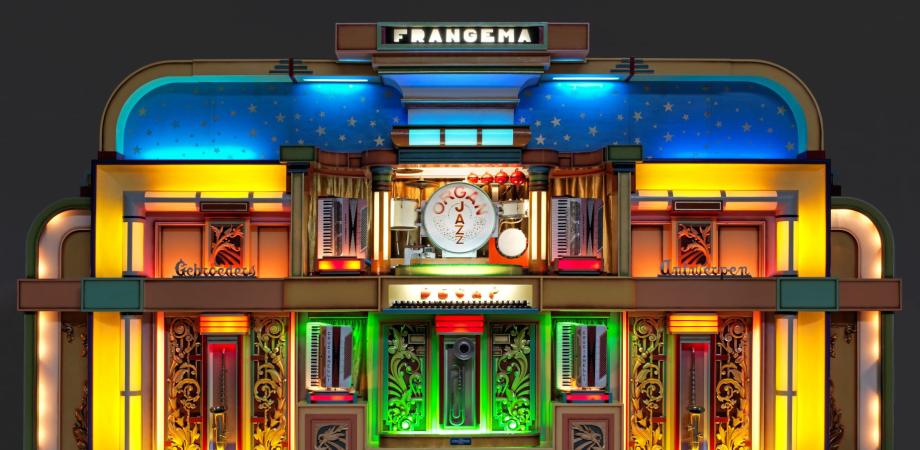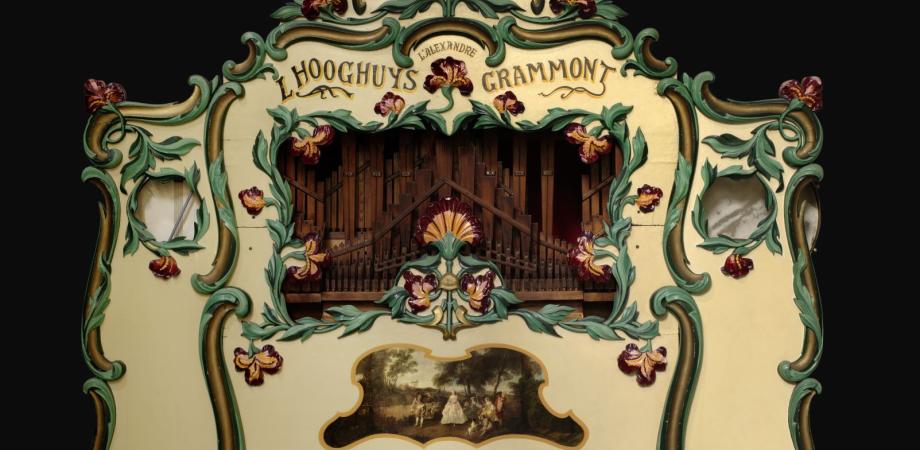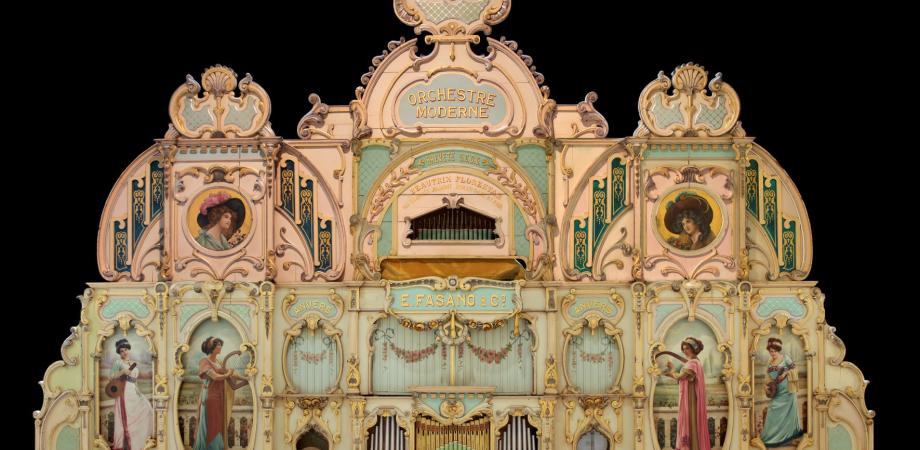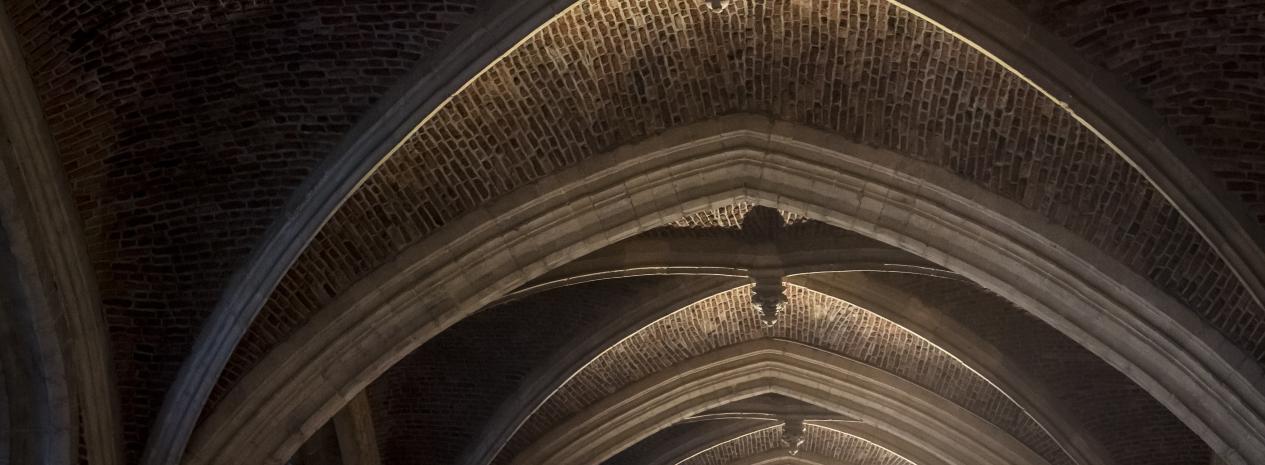City of dance organs
Belgium was a major player in the manufacture of automatic organs in the first half of the last century, and Antwerp was the top spot when it came to large, monumental dance organs. Antwerp's nightlife mainly took place in large dance halls, but many dance cafes also featured an organ, orchestrion or pianola. Later on, roadside cafes also featured large organs, where they were an important link in the evolution to the music installations in today's nightlife.
The Flemish Community purchased of a collection of mechanical musical instruments in 2006, thereby recognising them as heritage. This Ghysels Collection - it was acquired from Jef Ghysels, a collector and leading enthusiast of mechanical musical instruments - includes several unique pieces that not only have special value for the collective memory, but they can also still be performed on, like in the golden age.
Three masterpieces
In December 2022, three organs from this collection were placed on the List of Masterpieces of movable cultural heritage of Flanders: 2 dance organs and a fairground organ, all three by different makers.
Frangema
In 1947, the company Decap produced the 121-key dance organ "Frangema". It is the only surviving postwar dance organ in Flanders that features four accordions and an original electronic post, a precursor to the electronic synthesizer. It was maintained and rebuilt "with the times" by the company Teugels, which rented it out and toured with it. Fortunately, the pipework has always remained untouched. The lights and tube illuminations ensure it is still the ideal crowd pleaser.
Orchestre Moderne
The "Orchestre Moderne" was produced in Antwerp around 1912-1913 by Italian emigrant Eusèbe Fasano and is unique in that the dance organ has remained more or less original. Above all the untouched facade with typical paintings of young ladies, but also the keyboard and the original design makes it an exceptional piece. The many solo stops are characteristic of pre-war dance organs, and the numerous flute stops and reeds are typical of a Fasano organ. The old book repertoire also makes this instrument unique.
L'Alexandre
The 57-key fairground organ "L'Alexandre," produced by Louis Hooghuys, was also selected because it is still almost completely original technically, and makes a beautiful sound. "L'Alexandre" is unique because this instrument is the only fairground organ in Flanders that is known to have previously been played in front of a travelling cinema. Not surprisingly, of all the known organs of this type, this one has the 'loudest' sounding disposition.

Frangema dansorgel, Gebroeders Decap Antwerpen, Collectie Stad Antwerpen, De Vlaamse Gemeenschap

Hooghuys kermisorgel, Hooghuys, Louis (orgelbouwer), Collectie Stad Antwerpen, De Vlaamse Gemeenschap

Orchestre Moderne dansorgel, Eusèbe Fasano & Co., Collectie Stad Antwerpen, De Vlaamse Gemeenschap
Flemish masterpiece
The two dance organs and the fairground organ are among our masterpieces and are on the Flemish Masterpiece List:


